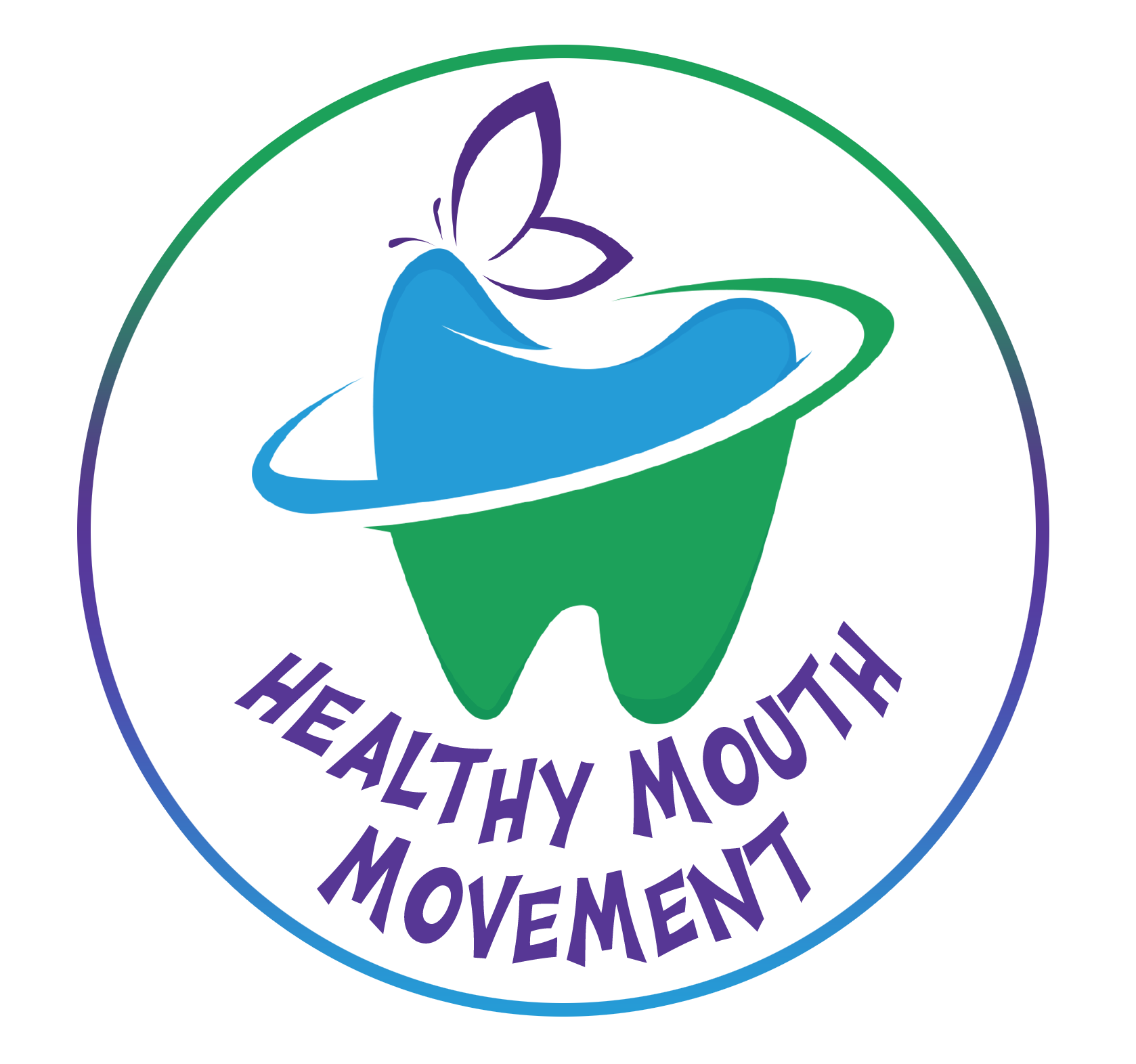CHANGE YOUR HABITS CHANGE YOUR LIFE
Ready To Breathe Better…
And Live Better?
Discover the unknown benefits of Myofunctional Therapy and how it can help you and your family enjoy a healthier and happier life.

Do you or a loved one have any of the following issues?
- Mouth breathing, snoring, or have sleep apnea?
- Experience brain fog, daytime fatigue, or take naps?
- Are your teeth crooked even after having braces?
- Have frequent headaches or experience neck and shoulder pain?
- Have attention deficit disorder?
- Have trouble remembering and applying what you’ve learned?
- Picky, messy, or loud eater?
- Suck your thumb, fingers or bite your nails?
What if there was a way to solve these challenges naturally ...
WITHOUT the need for prescription medication…
Learn How To Create Happier, Healthier Lives through Myofunctional Therapy
Hi, I’m Sheree Wertz

I am a registered dental hygienist, an independent orofacial myofunctional therapist, Mom to a beautiful daughter.
Our challenges with sensory issues, oral habits, bedwetting, and mouth breathing led me to the field of myofunctional therapy and opened my eyes to how our health, sleep, and overall well-being is directly impacted by the tongue, our breathing, throat airway, and facial development.
Throughout my career as a dental hygienist, I have always been passionate about the little-known link between our oral health and overall health. After learning about myofunctional disorders and the wide-reaching effects they have on the body, I knew I needed to take the leap from traditional dentistry to a more holistic and functional approach.
I am so excited to be able to help patients improve their quality of life by supporting healthy breathing, jaw, and airway development in babies and children and by helping adults resolve symptoms and conditions related to myofunctional disorders.

MYOFUNCTIONAL THERAPY
This is a simple exercise-based treatment for symptoms and conditions related to the face, mouth, and jaws, otherwise known in dental industry terms as “Orofacial Myofunctional Disorders”.
Treatment involves the neuromuscular re-education of dysfunctional muscles of your mouth and face. Exercises are given during each session to improve your breathing, tongue posture, lip seal, and correct unrealized chewing and swallowing patterns.

Depending on symptoms, specific exercises will address
individual needs such as oral ties, jaw pain, and sleep apnea.
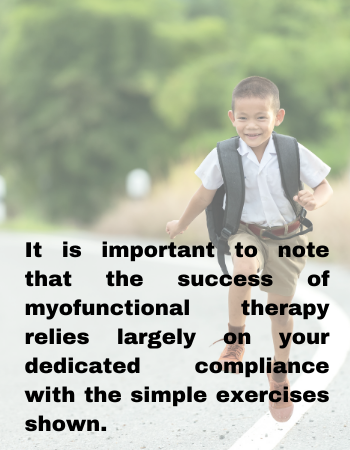
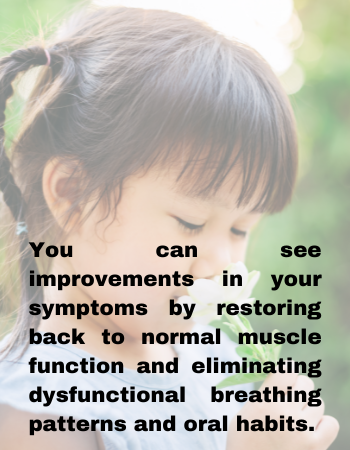

WHO CAN BENEFIT FROM MYO?
Signs and symptoms that you or your child would benefit
by having Myofunctional therapy include:
- Mouth breathing
- Snoring
- Jaw pain
- Sleep apnea
- Low tongue posture
- Oral ties
- Tongue thrust
- Orthodontic relapse
- Teeth grinding/clenching
- Head and neck tension
- ADHD
- Behavioral issues
- Anxiety, depression
- Insomnia
- Recurrent dental disease
- Bedwetting
- Night terrors
- Digestive problems
WHY HAVEN'T I HEARD OF MYO BEFORE?
Myofunctional therapy and airway dentistry are emerging fields that have not yet been incorporated into what some would call the mainstream medical and dental school curriculums. With patients and health care providers beginning to look at the body as a whole rather than separate systems and specialties.
MYO is gaining serious recognition in the health and science communities, with recent studies highlighting its effectiveness in patients suffering from jaw pain, sleep apnea and ADHD.
WHAT WE LOOK FOR
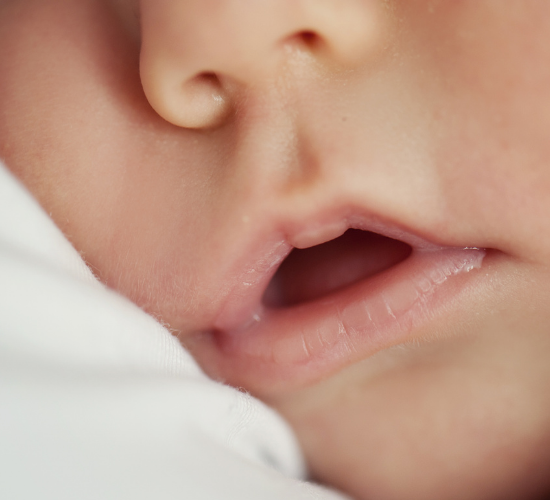
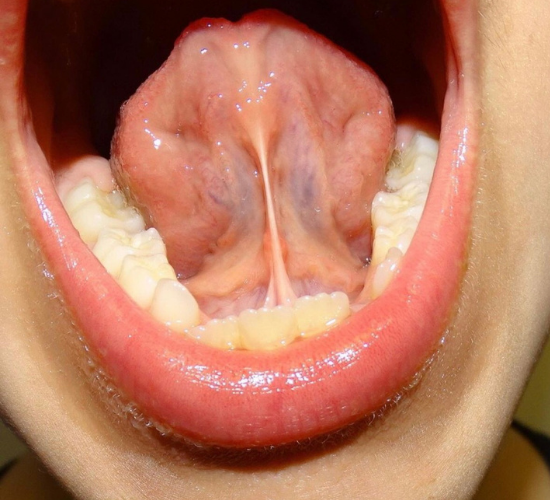

Mouth Breathing
Tethered Oral Tissue
Habit Elimination
Lips apart resting posture is often a result of nasal airway obstruction, once the airway obstruction is corrected the lips-apart pattern remains a persistent habit that must further be addressed.
More commonly known as a "tongue-tie" or lip-tie." This tie is a restrictIon that affects your growth and development and the teeth and their supporting tissues become compromised and learn to compensate. This alone may affect digestion, speech, breathing, dental occlusion, TMJ function, posture, sleep, breathing and can lead to chronic pain of the head, jaw, and neck.
Is your child still using a pacifier or thumb sucking? This ongoing use can lead to dental/orthodontic issues as your child grows or relapses after orthodontic treatment is complete.
WHAT WE LOOK FOR

Mouth Breathing
Lips apart resting posture is often a result of nasal airway obstruction, once the airway obstruction is corrected the lips-apart pattern remains a persistent habit that must further be addressed.

Tethered Oral Tissue
More commonly known as a "tongue-tie" or lip-tie." This tie is a restrictIon that affects your growth and development and the teeth and their supporting tissues become compromised and learn to compensate. This alone may affect digestion, speech, breathing, dental occlusion, TMJ function, posture, sleep, breathing and can lead to chronic pain of the head, jaw, and neck.

Habit Elimination
Is your child still using a pacifier or thumb sucking? This ongoing use can lead to dental/orthodontic problems as your child grows or relapses after orthodontic treatment is complete.
NEED MINI MYO FOR YOUR CHILD'S DEVELOPMENT?
The Mini Myo program was developed for patients under five years old. It uses play-based therapy to identify ties, oral habit elimination, and basic exercises for the child and parent to do at home. This therapy promotes correct nasal breathing, lip seal, proper tongue posture, and the right chewing & swallowing methods.
Did you know most craniofacial development is complete by five years of age?
Programs vary from 1-3 sessions based on individual needs and follow-up sessions are recommended as the child undergoes growth and development.


DO YOU HAVE SPEECH TROUBLES,
DENTAL CROWDING,
OR HEAD AND NECK TENSION?
Ankyloglossia (called tongue ties) occurs when the frenum is abnormally short and may restrict tongue mobility. The lingual frenum is a thin piece of soft tissue that connects the tongue to the bottom of the mouth. Tongue ties, along with lip and cheek ties, can directly impact breast/chestfeeding but are so much more than just a lactation issue.
Untreated oral ties can lead to difficulties with speech and feeding, underdeveloped jaws, dental crowding and disease, sleep-disordered breathing, head and neck tension, jaw pain, and digestive issues…
Although it is beyond a dental hygienist or myofunctional therapist scope of practice to make a diagnosis, I work closely with release providers to ensure oral restrictions are addressed appropriately and correctly.

NEED MINI MYO FOR YOUR CHILD'S DEVELOPMENT?
The Mini Myo program was developed for patients under five years old. It uses play-based therapy to identify ties, oral habit elimination, and basic exercises for the child and parent to do at home. This therapy promotes correct nasal breathing, lip seal, proper tongue posture, and the right chewing & swallowing methods.
Did you know most craniofacial development is complete by five years of age?
Programs vary from 1-3 sessions based on individual needs and follow-up sessions are recommended as the child undergoes growth and development.

DO YOU HAVE SPEECH TROUBLES,
DENTAL CROWDING,
OR HEAD AND NECK TENSION?
Ankyloglossia (called tongue ties) occurs when the frenum is abnormally short and may restrict tongue mobility. The lingual frenum is a thin piece of soft tissue that connects the tongue to the bottom of the mouth. Tongue ties, along with lip and cheek ties, can directly impact breast/chestfeeding but are so much more than just a lactation issue.
Untreated oral ties can lead to difficulties with speech and feeding, underdeveloped jaws, dental crowding and disease, sleep-disordered breathing, head and neck tension, jaw pain, and digestive issues…
Although it is beyond a dental hygienist or myofunctional therapist scope of practice to make a diagnosis, I work closely with release providers to ensure oral restrictions are addressed appropriately and correctly.
ARE YOU FEELING THE EFFECTS OF
SLEEP-DISORDERED BREATHING?
Sleep-disordered breathing refers to a spectrum of conditions caused by altered breathing during sleep including mouth breathing, upper airway resistance syndrome (UARS), snoring, and obstructive sleep apnea (OSA).
Mouth breathing, noisy breathing, and snoring are all early warning signs for UARS and OSA. It is not a question of “if” but “when” mild disease (mouth breathing & snoring) will advance to severe disease (OSA), and it is imperative to treat SBD early in the spectrum.
As a myofunctional therapist, I do not provide diagnoses but will refer to your medical doctor if symptoms of OSA are present during therapy.
MYO is a viable adjunct to the treatment of SDB as therapy strengthens the tongue & soft palate to prevent the tissue from falling into the airway and causing physical obstruction. Current literature reveals that MYO decreases apnea-hypopnea index (the scale used to determine the severity of sleep apnea) by 50% in adults and 62% in children. (Camacho, et al, 2015.)
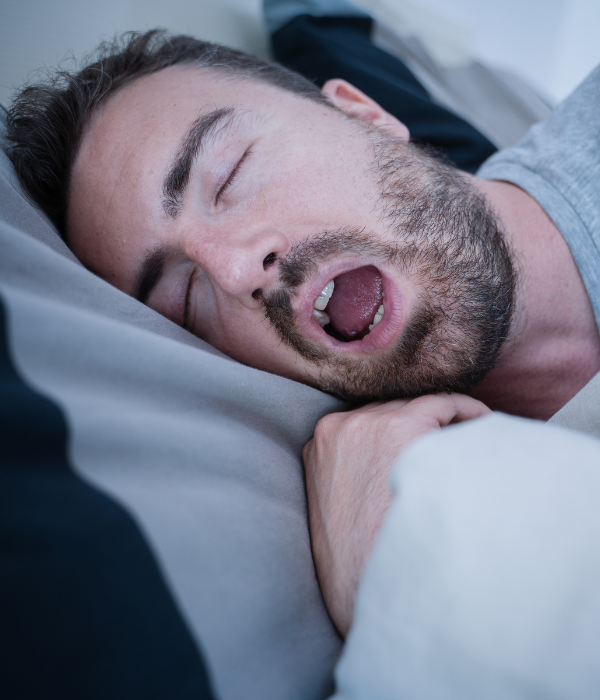

DO YOU FEEL JAW PAIN OR TMD?
The tongue plays a VERY important role in stabilizing the mandible (lower jaw). If the tongue is in the wrong position or is not functioning properly, the jaw cannot be stable.
98% of TMJ disorders are directly related to
low tongue posture.and muscle bracing.
By helping you achieve proper tongue posture, restoring nasal breathing, correcting dysfunctional chewing and swallowing patterns, and strengthening the orofacial muscles, you can see improvements in pain, range of motion, and other related symptoms.
Like most myofunctional disorders, a team-based approach to care including doctors, dentists, orthodontists, chiropractors, and other bodyworkers is crucial for success.

ARE YOU FEELING THE EFFECTS OF
SLEEP-DISORDERED BREATHING?
Sleep-disordered breathing refers to a spectrum of conditions caused by altered breathing during sleep including mouth breathing, upper airway resistance syndrome (UARS), snoring, and obstructive sleep apnea (OSA).
Mouth breathing, noisy breathing, and snoring are all early warning signs for UARS and OSA. It is not a question of “if” but “when” mild disease (mouth breathing & snoring) will advance to severe disease (OSA), and it is imperative to treat SBD early in the spectrum.
As a myofunctional therapist, I do not provide diagnoses but will refer to your medical doctor if symptoms of OSA are present during therapy.
MYO is a viable adjunct to the treatment of SDB as therapy strengthens the tongue & soft palate to prevent the tissue from falling into the airway and causing physical obstruction. Current literature reveals that MYO decreases apnea-hypopnea index (the scale used to determine the severity of sleep apnea) by 50% in adults and 62% in children. (Camacho, et al, 2015.)

DO YOU FEEL JAW PAIN OR TMD?
The tongue plays a VERY important role in stabilizing the mandible (lower jaw). If the tongue is in the wrong position or is not functioning properly, the jaw cannot be stable.
98% of TMJ disorders are directly related to
low tongue posture.and muscle bracing.
By helping you achieve proper tongue posture, restoring nasal breathing, correcting dysfunctional chewing and swallowing patterns, and strengthening the orofacial muscles, you can see improvements in pain, range of motion, and other related symptoms.
Like most myofunctional disorders, a team-based approach to care including doctors, dentists, orthodontists, chiropractors, and other bodyworkers is crucial for success.
DO YOU ONLY SEE CHILDREN?
No! Although jaw and airway development is complete as we grow older, adults undergoing therapy can see significant improvements in symptoms related to myofunctional disorders. Treatment for OMDs differs based on age and function.
I work in collaboration with doctors, dentists, orthodontists, speech-language pathologists, chiropractors, and physiotherapists to ensure all individual needs are met.
ARE YOUR SERVICES COVERED BY INSURANCE?
We do not offer direct billing to your insurance but do provide receipts that you may submit to insurance after your appointment.
Myofunctional therapy is within the dental hygiene scope of practice and can be covered by some dental or medical plans. It may also be covered by personal insurance or health savings but it is important to check with your insurance provider to confirm if reimbursement is a concern to getting your treatment.
